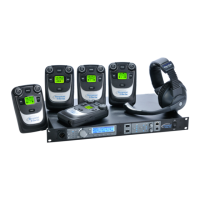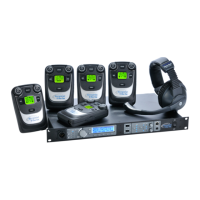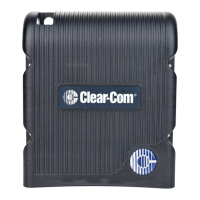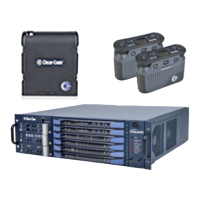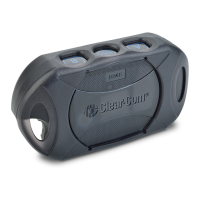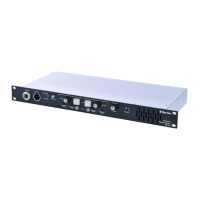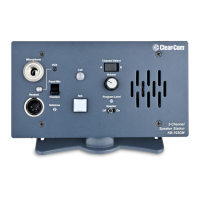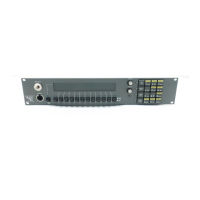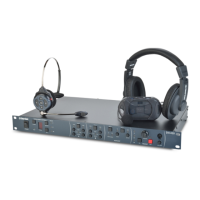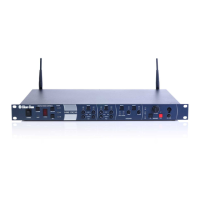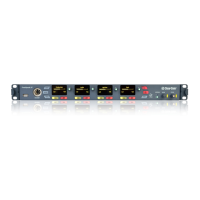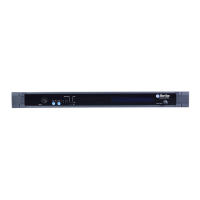85 Tempest®2400 2-Channel Wireless Intercom System
Glossary
2-Wire or TW: A type of intercom system characterized by audio signals transmied and received on the same pair of wires
at the same me. The connector usually associated with 2-Wire or TW is a 3-pin XLR.
4-Wire: A type of intercom system characterized by audio signals transmied on one pair of wires and received on a
dierent pair of wires.
2xTX: Tempest Wireless proprietary technology that wirelessly transmits duplicate audio data packets from two antennas,
a fracon of a second apart and on dierent frequencies, to minimize the possibility of lost data packets.
Accu-Sync: Tempest Wireless technology that synchronizes transmission ming for up to 10 BaseStaons to prevent
interference.
Auto-Null: A process that automacally opmizes the BaseStaon 2-Wire, intercom interface hybrid to match the line
characteriscs of the external 2-Wire system.
AUX IN: Inputs program or other audio sources into the Tempest BaseStaon to one or more intercom channels. The
Auxiliary IN connector is a ¼” Tip/Ring/Sleeve jack that accepts a standard ¼” TRS plug.
AUX OUT: Outputs intercom audio from one or more intercom channels to an external system. The Auxiliary OUT connector
is a ¼” Tip/Ring/Sleeve jack that accepts a standard ¼” TRS plug.
Banner: The top line of the BaseStaon display, with white-on-black leering. Usually the banner is the tle of a menu
screen.
Call Alert: A feature of intercom BeltStaons intended to visually and/or audibly alert users to a communicaon transmission.
Channel: A duplex communicaon path to transmit and receive voice communicaon.
De-sensing or receiver desensizaon: De-sensing occurs when a transmier is operang in close, physical proximity to a
receiver, even if that transmier is not on or near the receiver’s operang frequency.
Receiver desensizaon occurs because receivers must maintain crical voltage and current levels throughout the front-end
stages and a strong (i.e. physically close) transmier can cause these levels to vary greatly. As these levels widely uctuate,
the receiver performance will be greatly degraded. Increasing the physical distance between transmier and receiver will
decrease de-sensing. The greater the frequency separaon between the two, the less the receiver performance will be
aected.
Dual Listen: This BeltStaon feature permits an operator to simultaneously listen to two channels.
Frequency Hopping, Spread Spectrum (FHSS): Radio technology that ulizes many frequencies in quick succession,
intended to minimize the probability of radio frequency interference.
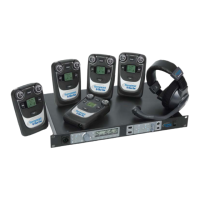
